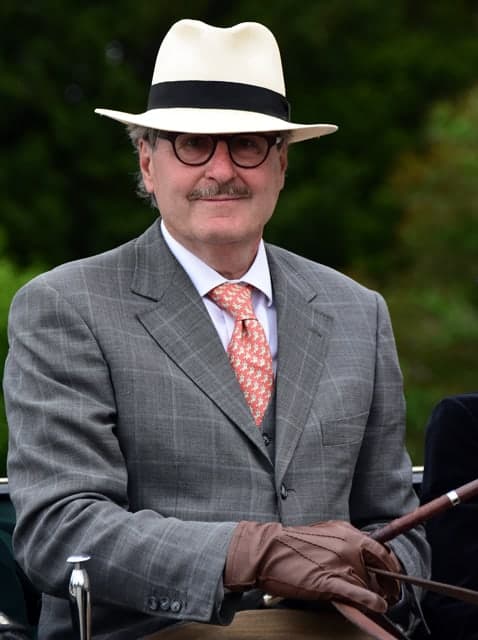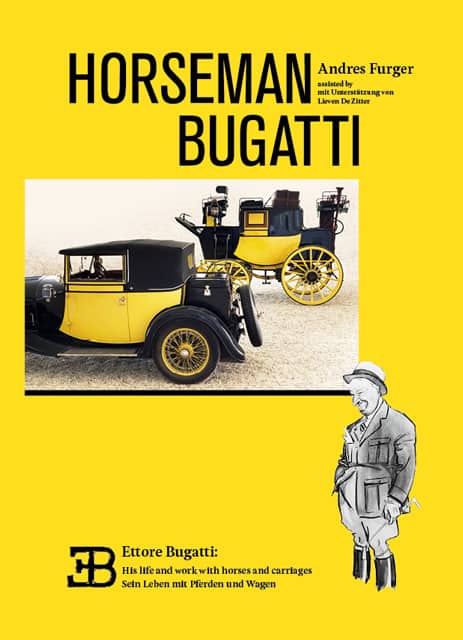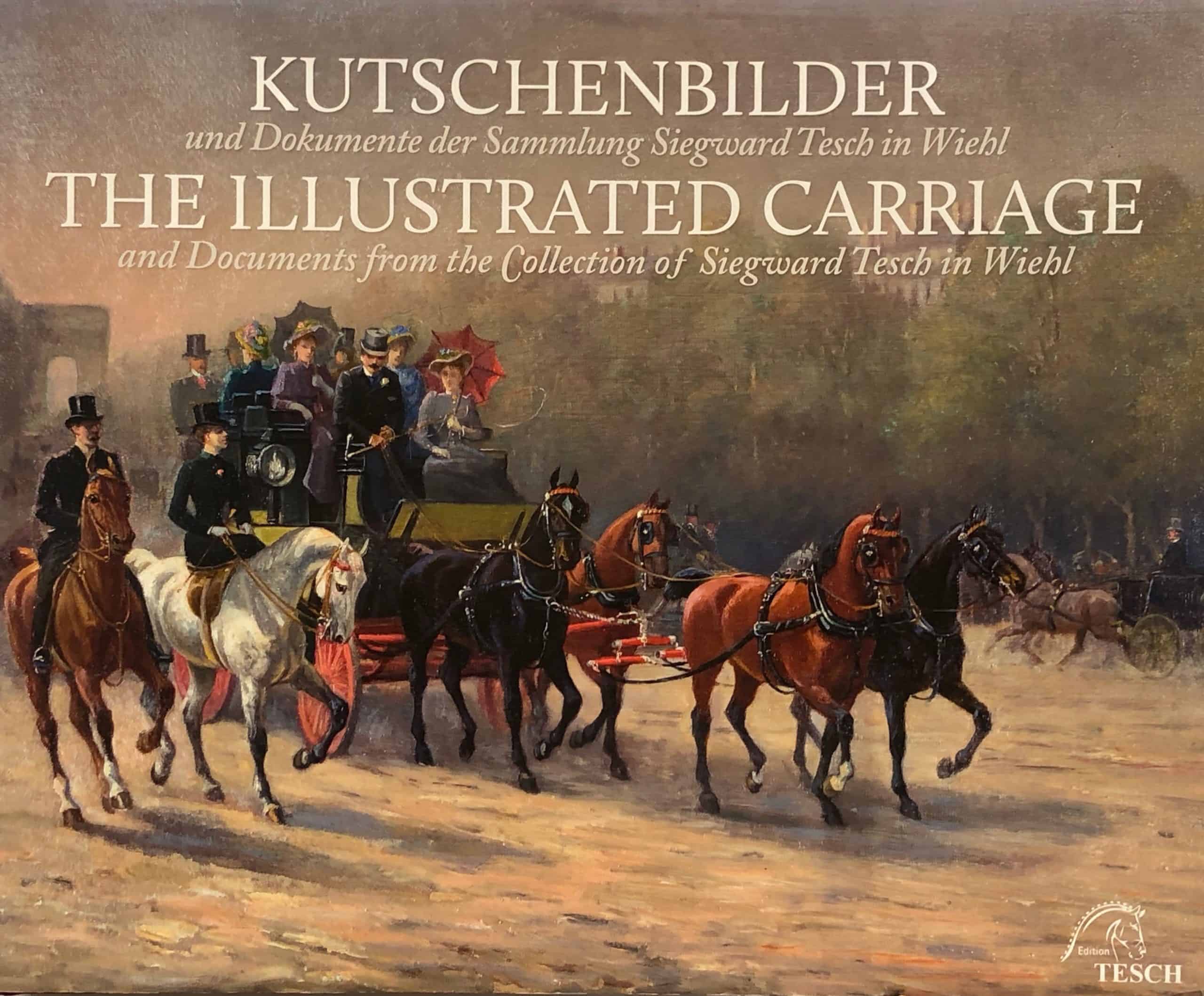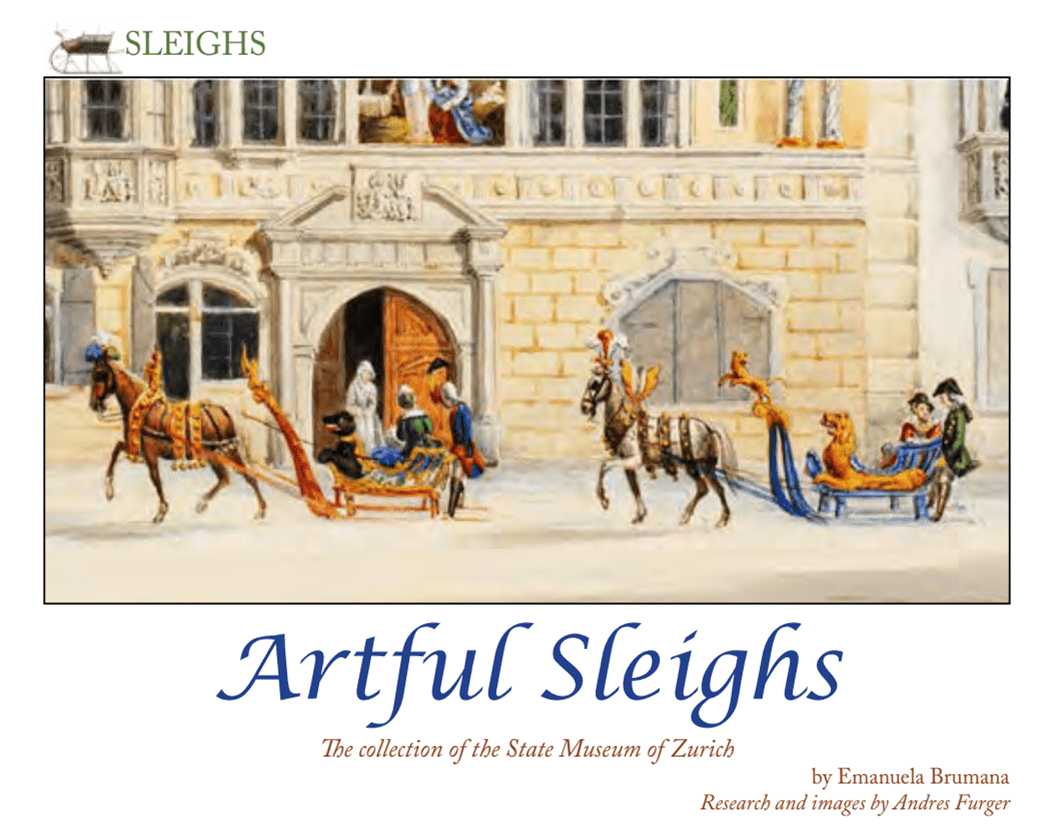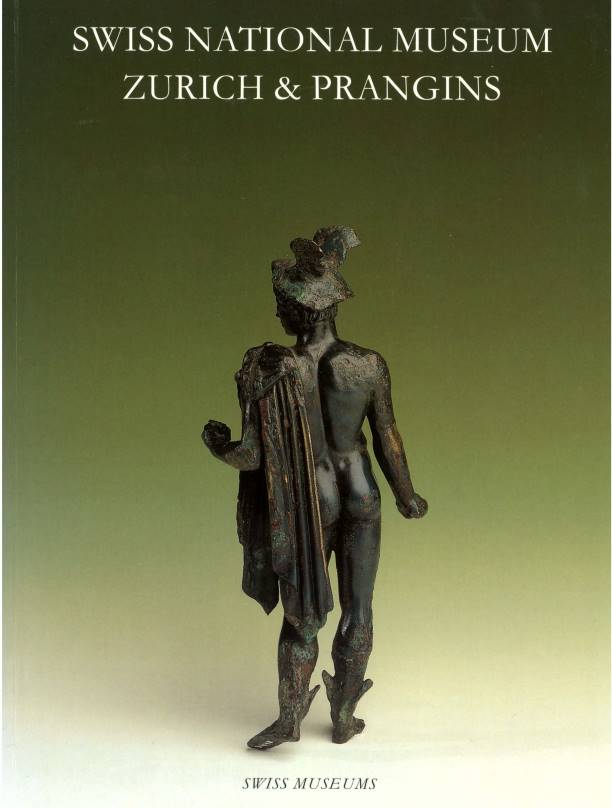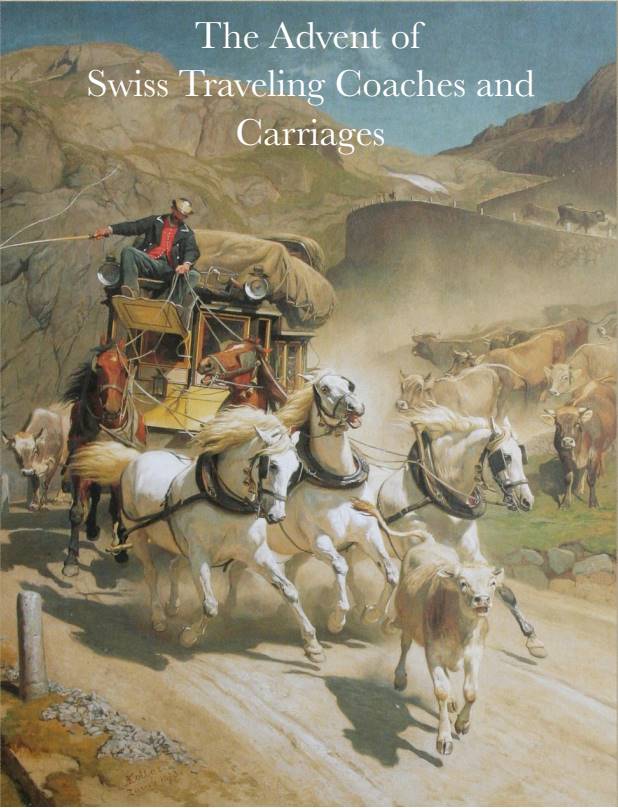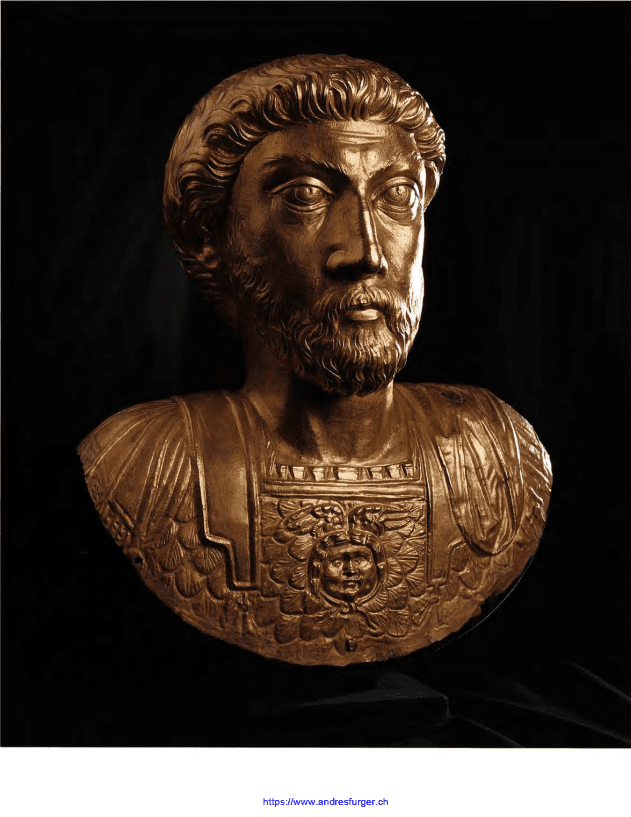English content page
Horseman Bugatti – His life and work with horses and carriages
Ettore Bugatti’s fast cars, his ‘pur sang’, are the thoroughbreds of the automobile industry and as such subject of many books in which his love of horses is just mentioned as a footnote. However, how deep this interest went has not yet been made clear. In the new work ‘Horseman Bugatti’, his passion for horses is systematically investigated.
Tracing the footsteps of Ettore Bugatti as horseman, rider, and whip, the author arrives at some astonishing conclusions: Bugatti (le patron) led the life of a ‘gentleman farmer’ in Molsheim during the 1920s and 1930s, with a large stable yard, indoor school, harness and tack rooms, and a collection of over 40 carriages.
He drove single, pair and team. What his daughter and close friends always suspected has proved to be true: Ettore Bugatti almost preferred his horses to his ‘pur sang’ on four wheels. When he left Alsace before the Second World War to live near Paris, he took one Royale and a few automobiles with him yet almost all his carriage collection.
After years of research the remains of that collection, now spread throughout Europe and the USA, can be catalogued together with their harness. For the first time, the elegant carriages that he designed during the interwar period of the last century for his own use are presented with detailed text and illustrations.
These were built during his time in Molsheim and Paris using designs by the master himself, as were the sets of harness with their unique harness furniture. The influence of equipage on the Bugatti brand is also explored here, the well-known ‘style fiacre’ or ‚Bugatti style’.
This all creates a lively insight into a hitherto undervalued aspect in the life of the renowned car designer.
Book: The Illustrated Carriage
This book focuses on the paintings, drawings, prints, books and carriage catalogues from the early days of modern vehicle use to the golden age of horse-drawn carriages around 1900. The carriage illustrations are part of the private collection belonging to Siegward Tesch, who has recently completed his Coach House in Wiehl near Cologne comprising over sixty town and sporting vehicles.
E-Paper: Artful Sleighs - The collection of the State Museum of Zurich
A tribute to horse-drawn sleighs used for the transport of people – not commercial vehicles, nor children’s sleighs. This document shows a collection of artful sleighs that has been expanding since the early 1900s and which offers decorated or painted sledges, in the spirit of the State Museum of Zurich, which exhibits objects of figurative arts.
Andres Furger was born in 1948 in Basel, Switzerland. At university he studied pre- and early history, archaeology and anthropology and gained his doctorate with his thesis about the excavations at Basel cathedral. From 1981 until 1986 he was Curator and Deputy Director of the History Museum in Basel. In 1987 he was made Director of the Swiss National Museums, which has its headquarters in Zürich, a position he held until 2006. In 2006 he launched the publishing house ‘Edition Furger’. From 2011 until 2014 he was Director oft he Alimentarium in Vevey a Nestlé Foundation.
Andres Furgern, father of three children, is author of the some books as:
- «Kutschen und Schlitten in der Schweiz» (1993)
- «Der rote Faden. Von der Redensart zum Geschichtsbild» (1995)
- «Das Bild der Seele – im Spiegel der Jahrtausende» (1997)
- «Ateliergespräche mit Hans Erni» (1998).
- „Kutschen Europas“ (2003/2004)
- „Übrigens bin ich der Meinung …“ (2005)
- „In der Kutsche durch die Schweiz“ (2006)
- The Elegant Art of Riding and Driving (2006)
- Driving – The Horse, the Man and the Carriage from 1700 up to the present Day (2009).
- Die Kutschensammlung Heinz Scheidel Mannheim (2011)
- The Illustrated Carriage and Documents from the Collection of Siegward Tesch in Wiehl (2015).
